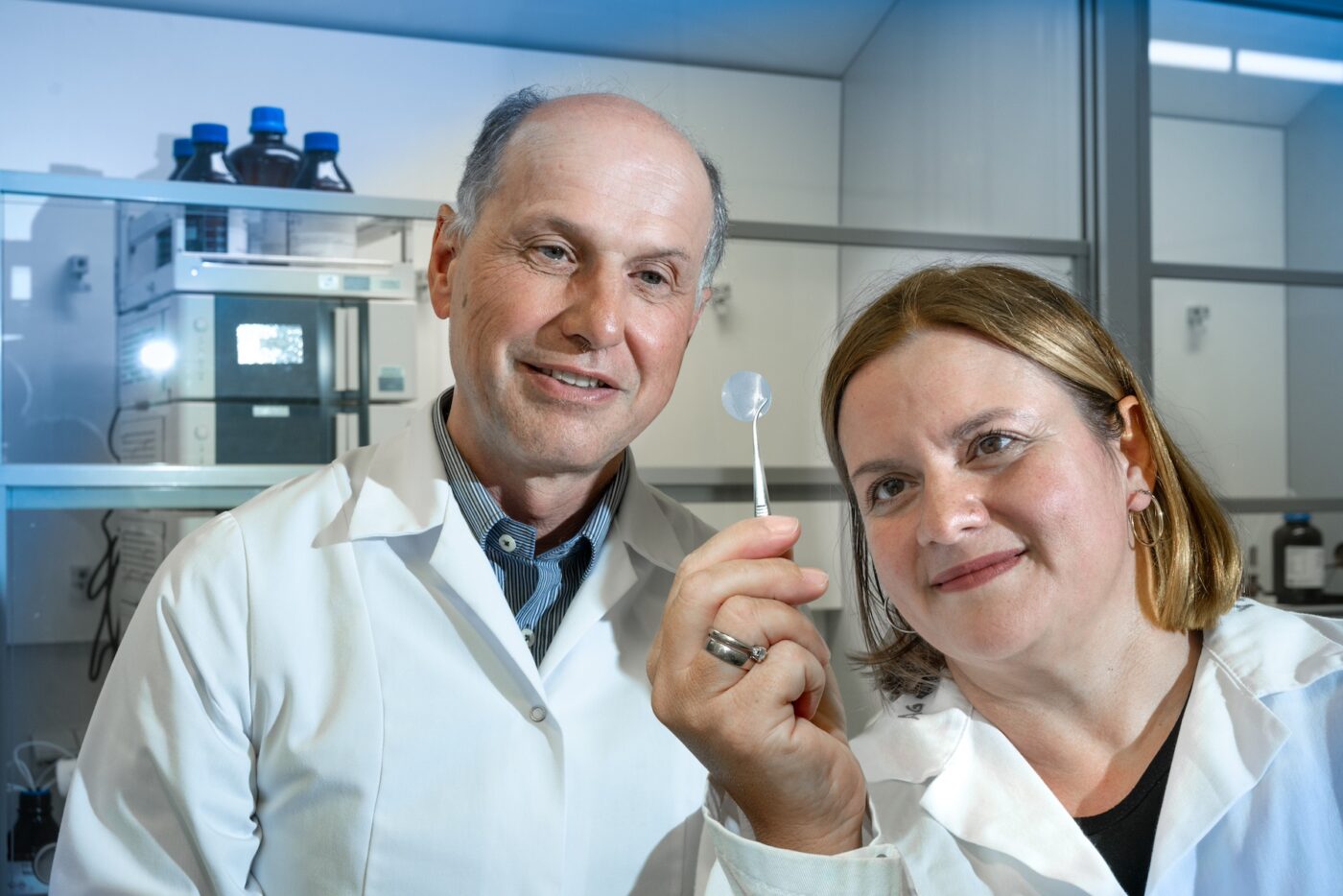German university develops gel to make lithium-ion batteries safer
The “BAT4EVER” project funded by the European Commission as part of the Horizon 2020 programme has developed a gel designed to prevent the highly flammable battery electrolyte liquid in lithium-ion batteries from leaking. Besides making batteries less prone to fires, initial studies in the laboratory show that the gel concept also improves performance and service life.
The dangerous aspect of lithium-ion batteries is the electrolytes that allow the flow of ions between the battery’s electrodes, which is what allows electricity to flow freely enough to power high-powered mobile devices, such as electronic devices and electric vehicles. While these electrolytes enable the easy flow of electricity, they are also highly flammable, which can lead to fire and explosions if the battery is damaged.
“We have developed a polymer that can be filled into the battery cell. The electrolyte is bound to this substance, however, the ions can continue to circulate freely between the electrodes,” explains Dr Anja Marinow, a chemist at MLU. “The filling has a gel-like consistency and combines the high conductivity of liquids with the thermal stability and robustness of polymers.”
Gel batteries with traditional electrolytes are not a completely new invention; they have been used for a long time as starter batteries in motorcycles, for example. According to the MLU, it is in combination with lithium-ion batteries that is hereto uncharted territory.
This is largely because of a very specific challenge. “In conventional lithium-ion batteries, the liquid electrolytes create a stabilising layer on the electrodes when the battery is first charged. This is crucial for the performance and service life of the battery,” explains Marinow. “However, we needed a fundamentally new design when it came to gel electrolytes.” The researchers have solved this problem by firmly integrating an ionic scaffold into the polymer’s molecular chains.
Initial test runs in the laboratory show that the approach could not only increase the safety of the batteries but also improve their service life and performance. “Around 3.6 volts is considered a critical value for the stability of the electrolytes in conventional lithium-ion cells,” says Professor Wolfgang Binder, head of the Macromolecular Chemistry Research Group at MLU. “Our gel electrolytes even remain stable at over five volts.”
Since lithium-ion batteries use finite critical raw materials, the gels are designed so that the batteries are easily recycled after a defect or at the end of the battery’s life.
Martin Luther University Halle-Wittenberg is cautious in its public-facing statement, cautioning that extensive long-term studies are still required before the new lithium-ion gel batteries can be produced on an industrial scale.
The scientists at MLU are now planning to continue and expand research, particularly on sustainability, as part of the “European Centre for Just Transition Research and Impact-Driven Transfer (JTC)”. The centre is currently being established at MLU to develop research-based solutions for structural change in Saxony-Anhalt, for example in the area of the circular economy or social innovations.





0 Comments